People Who Need White Noise To Fall Asleep As They Get Older Usually Have These 11 Reasons
As people age, they may find that white noise helps them resolve their sleep-related issues.
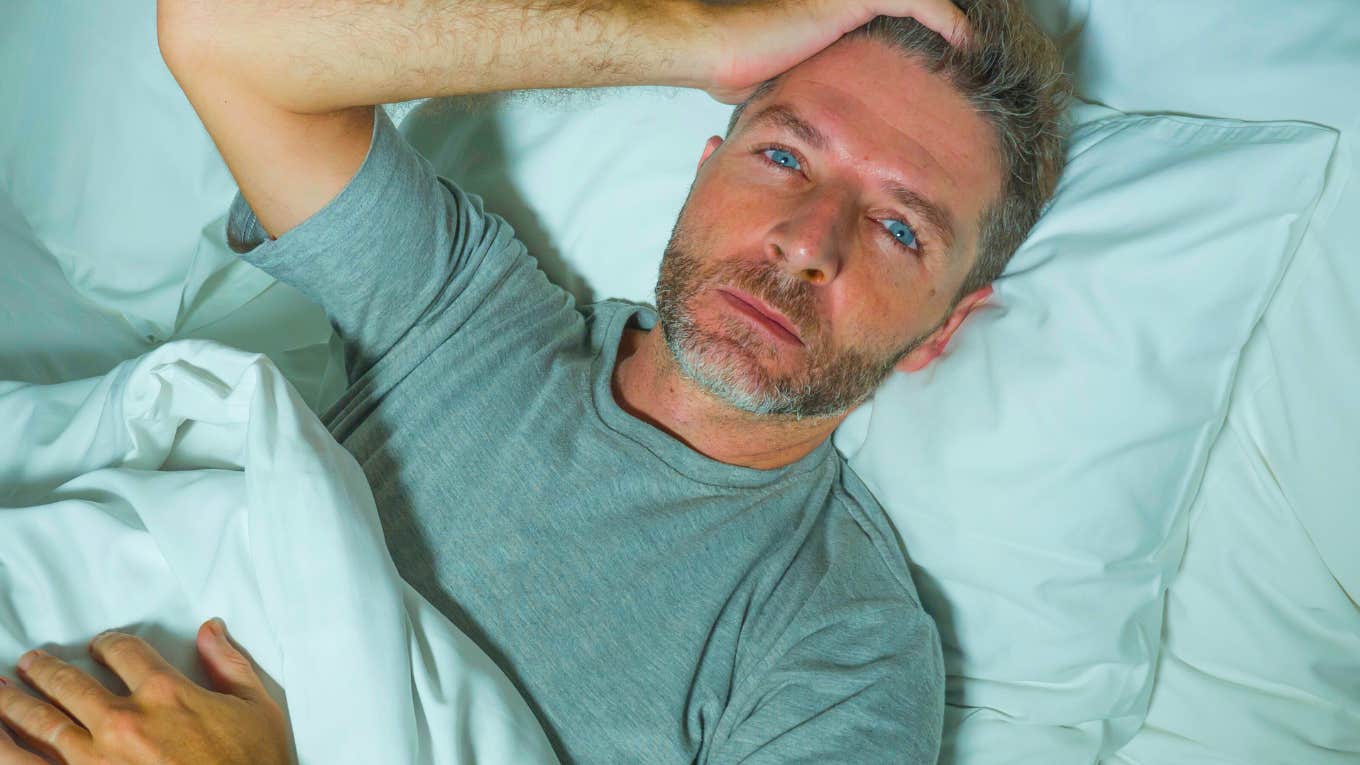 TheVisualsYouNeed / Shutterstock
TheVisualsYouNeed / Shutterstock As people get older, getting quality, restful sleep can become increasingly difficult. Age brings new sleep challenges, but there are many who find that listening to white noise can improve their sleep significantly.
White noise has a calming effect, and its ability to create a sound barrier helps block out distractions, allowing people to relax. Whatever their reasons for using white noise to help them fall asleep at night, it can be very beneficial, and they are sure to reap the benefits of using it every night for their sleep-related problems.
People who need white noise to fall asleep as they get older usually have these 11 reasons
1. Lighter sleep
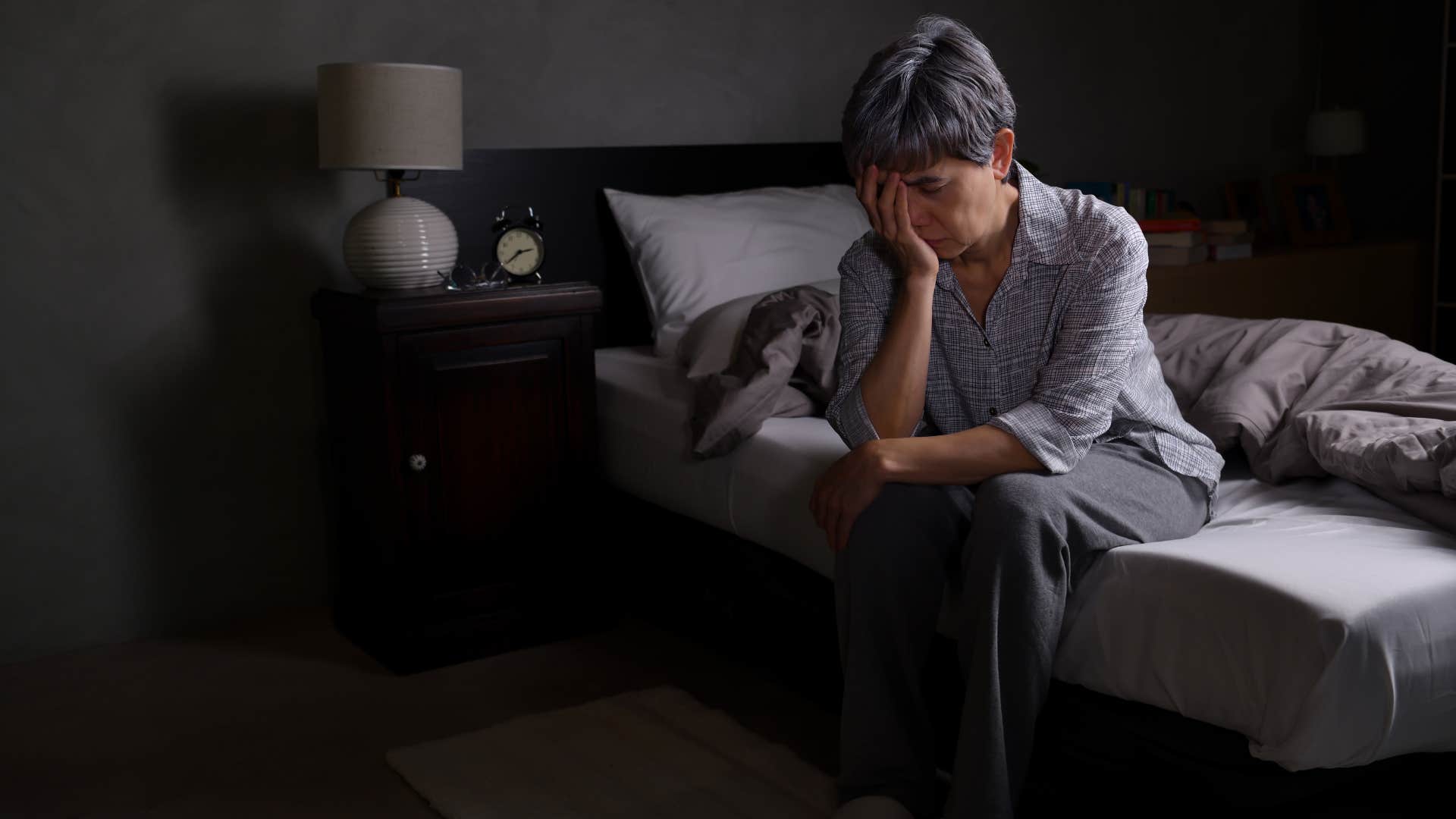 amenic181 / Shutterstock
amenic181 / Shutterstock
As people get older, they may start experiencing lighter sleep. This may cause them to seek ways to help themselves achieve a deeper sleep throughout the night, so listening to white noise or other frequencies while they sleep becomes very helpful.
As adults reach the age of 60 and older, their deep sleep declines by 70%, according to the News in Health (NIH).
Dylan Rouche from Sleep Foundation notes, “If older adults’ deep sleep declines, then they may have fewer slow waves during that time. When slow waves decrease, brain health may worsen.”
White noise can help mask any sounds that may contribute to slow brain waves, while pink noise works to increase slow brain waves, making it more likely for older adults to get deep sleep.
2. Decreased melatonin production
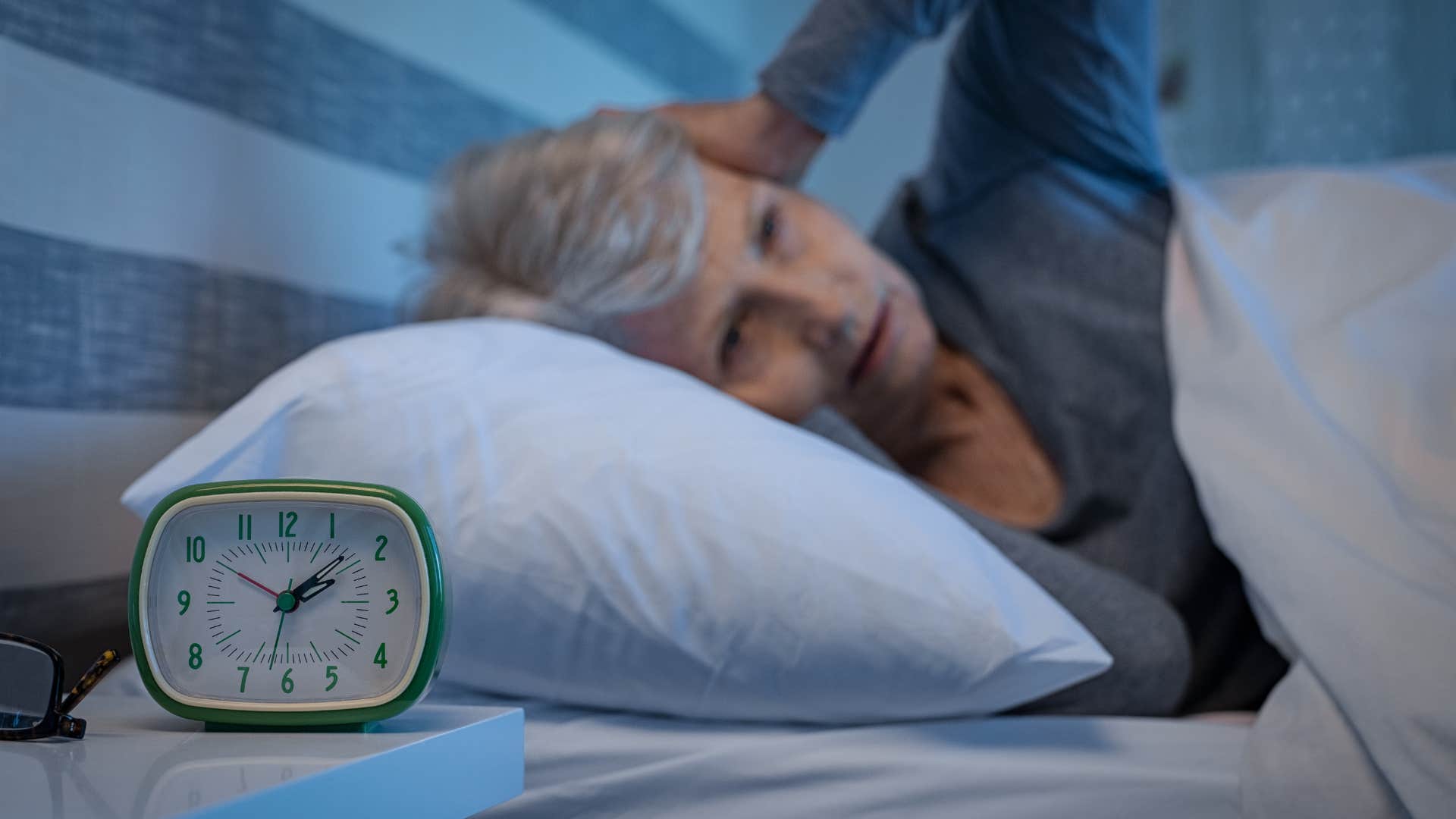 Ground Picture / Shutterstock
Ground Picture / Shutterstock
As an adult gets older, they may consider listening to white noise as they try to fall asleep. This is likely due to the decreased melatonin production they are experiencing as they age.
“Melatonin levels decline gradually over the life-span and may be related to lowered sleep efficacy, very often associated with advancing age, as well as to deterioration of many circadian rhythms,” according to an abstract published in the National Library of Medicine (NLM).
White noise will not directly increase the production of melatonin in older adults, but it can help the brain to feel more relaxed and help a person drown out other noises that may be making it even more difficult to fall asleep.
3. Disrupted circadian rhythm
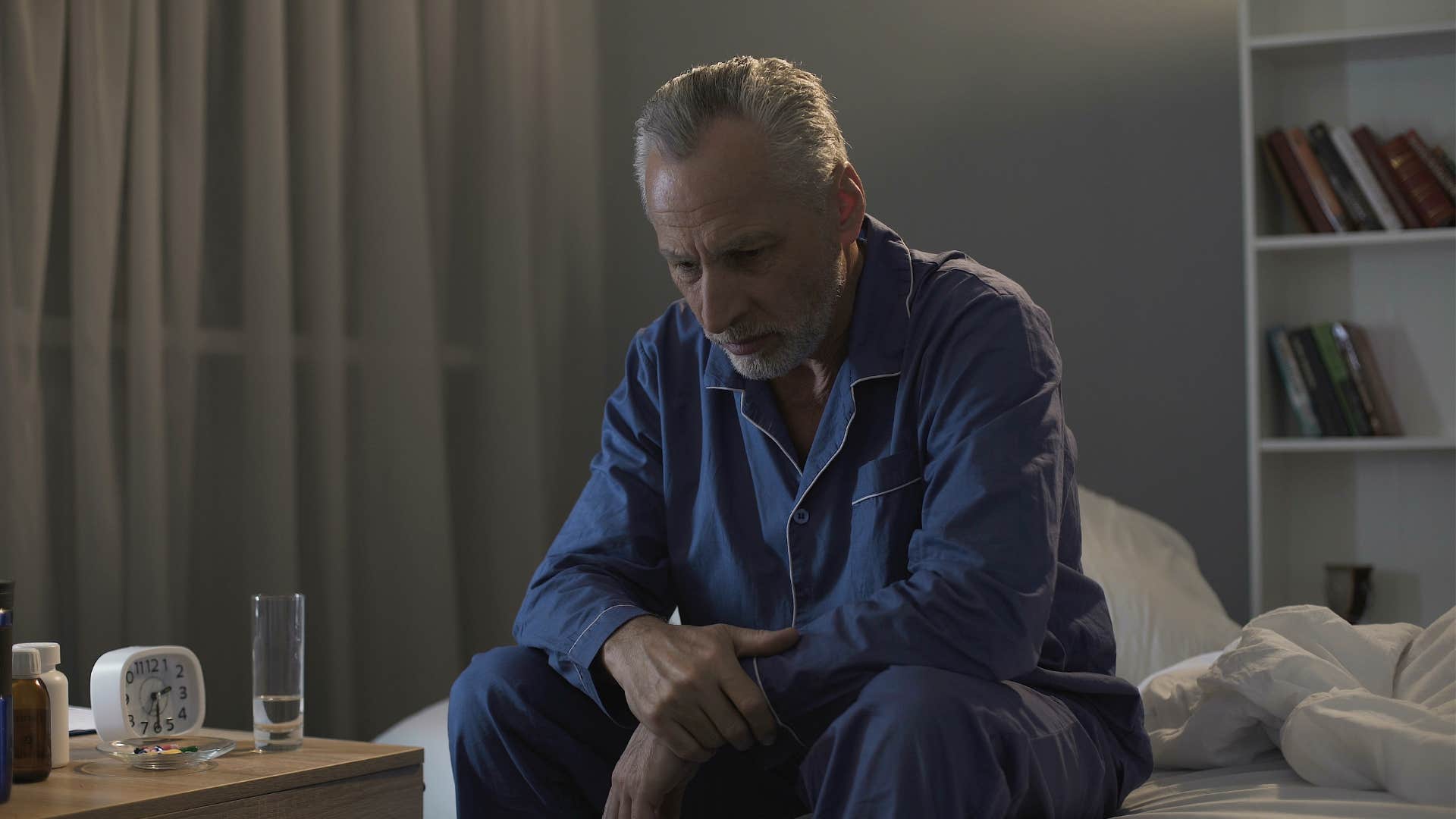 Motortion Films / Shutterstock
Motortion Films / Shutterstock
Age can significantly impact circadian rhythms, making it difficult for older adults to fall asleep at night. Having soothing sounds in the background, like white noise, may help them deal with their disrupted circadian rhythm.
The authors of research published in the NLM point out that, “Sleep quality also deteriorates with advancing age, as do other circadian rhythms; thus, more of our ageing population is likely to experience circadian rhythm disruption.”
While white noise can have a positive impact on the circadian rhythm, it has to be set to a low volume, and it is best to listen to some that are not too intense. If it is too loud or intense, it could potentially do more harm than good to someone’s sleep.
4. Reduced sleep drive
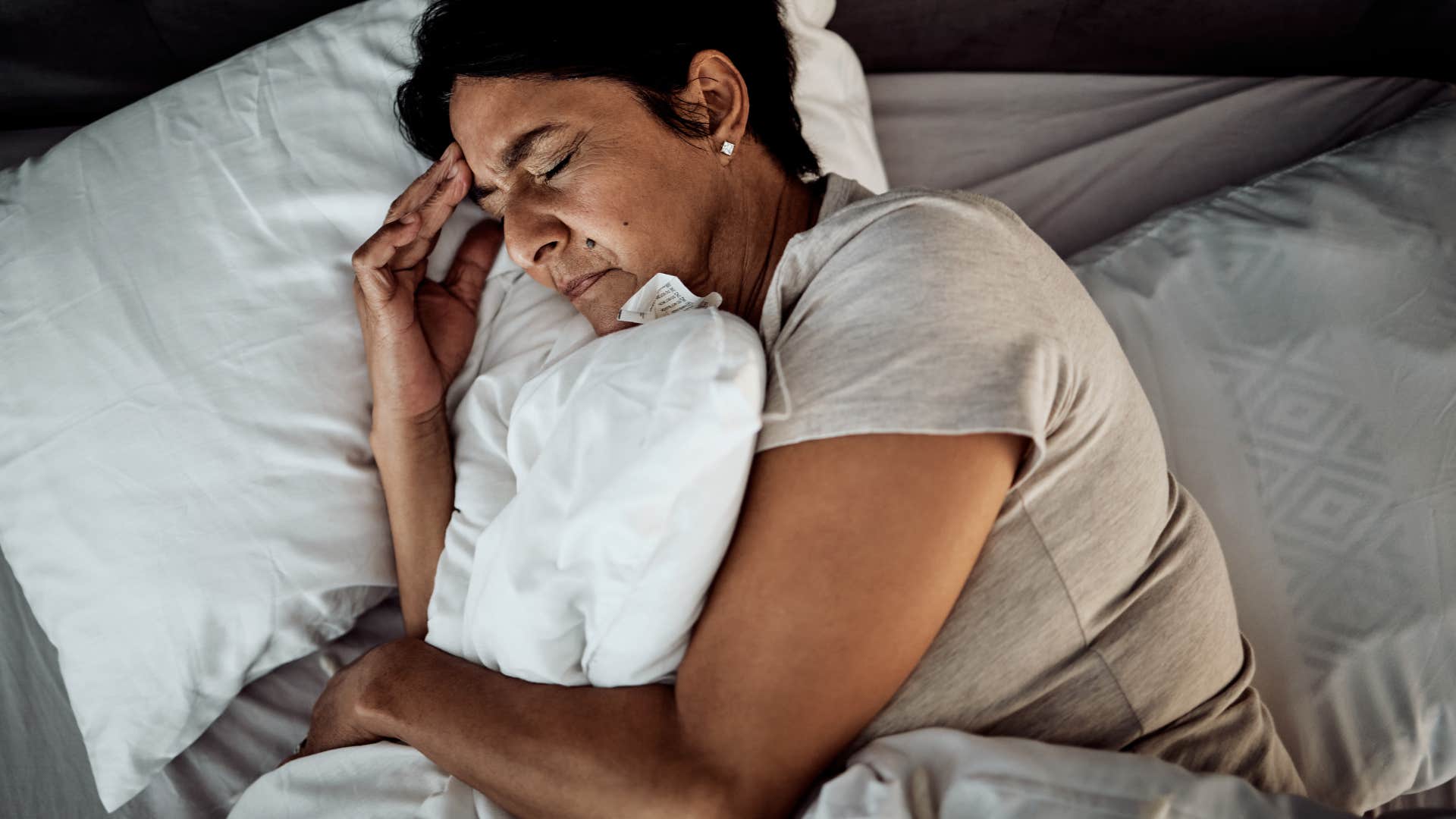 PeopleImages / Shutterstock
PeopleImages / Shutterstock
Older individuals who struggle with a reduced sleep drive may find that white noise is exactly what they need to fall asleep. As people get older, they may spend more time around the house and less time burning off energy like they did when they were younger. This can lead to not being as tired when it comes time to sleep.
White noise can help calm their brain by blocking out environmental distractions. If they are already struggling to fall asleep, they will have an easier time falling into distractions and allowing them to keep them awake. White noise will help ensure that the distractions are not heard and help improve their sleep.
5. Increased brain reactivity to noise
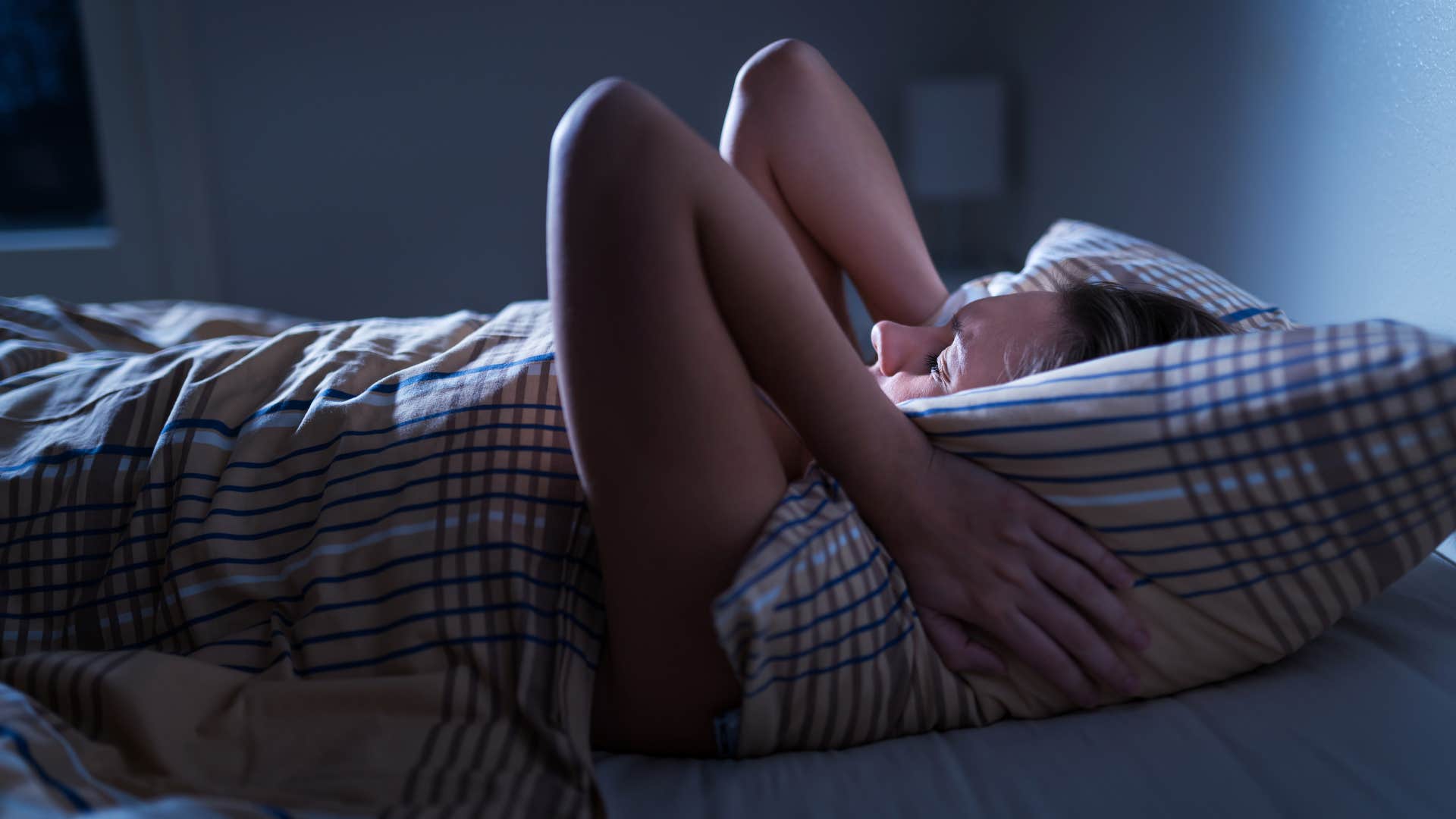 Tero Vesalainen / Shutterstock
Tero Vesalainen / Shutterstock
When an older adult has an increased brain reactivity to noise, they are likely to wake up a lot throughout the night and struggle to reach deep sleep. To block out disruptive sounds, they may use white noise.
Loud environments are a major cause of increased brain reactivity, but white noise has the ability to block out these sounds. A 2021 research article published by ScienceDirect states that “the use of white noise improves sleep latency and reduces arousals from sleep. It is thought that white noise improves sleep through Auditory Masking.”
6. Dementia-related sleep issues
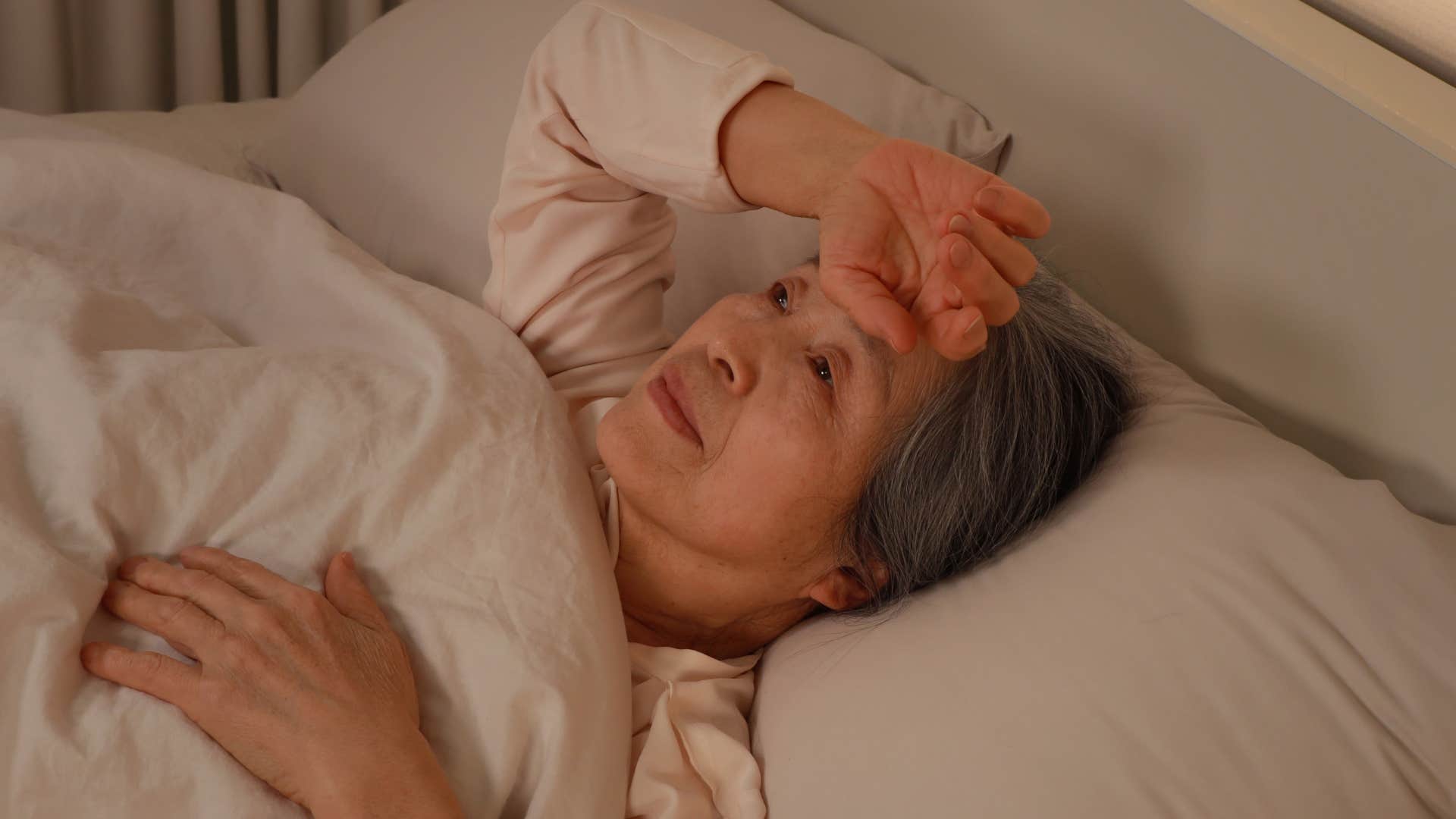 VPLAB / Shutterstock
VPLAB / Shutterstock
Older adults who struggle with dementia likely have trouble falling asleep. In an attempt to combat this difficulty, they may resort to listening to white noise each night. Dementia can cause changes within the brain that disrupt the internal clock and reduce melatonin production. It may also lead to behavior changes.
“The behavioral symptoms of dementia can interfere with sleep. Some people with dementia, including Alzheimer’s disease, experience a syndrome called sundowning,” explains the Cleveland Clinic.
Sundowning causes these individuals to experience more confusion and restlessness as the day winds down, which directly impacts their quality of sleep. While noise helps combat these changes by creating a calming environment where distractions are less prominent, so these individuals are not constantly being disrupted while trying to sleep.
7. Lack of social engagement
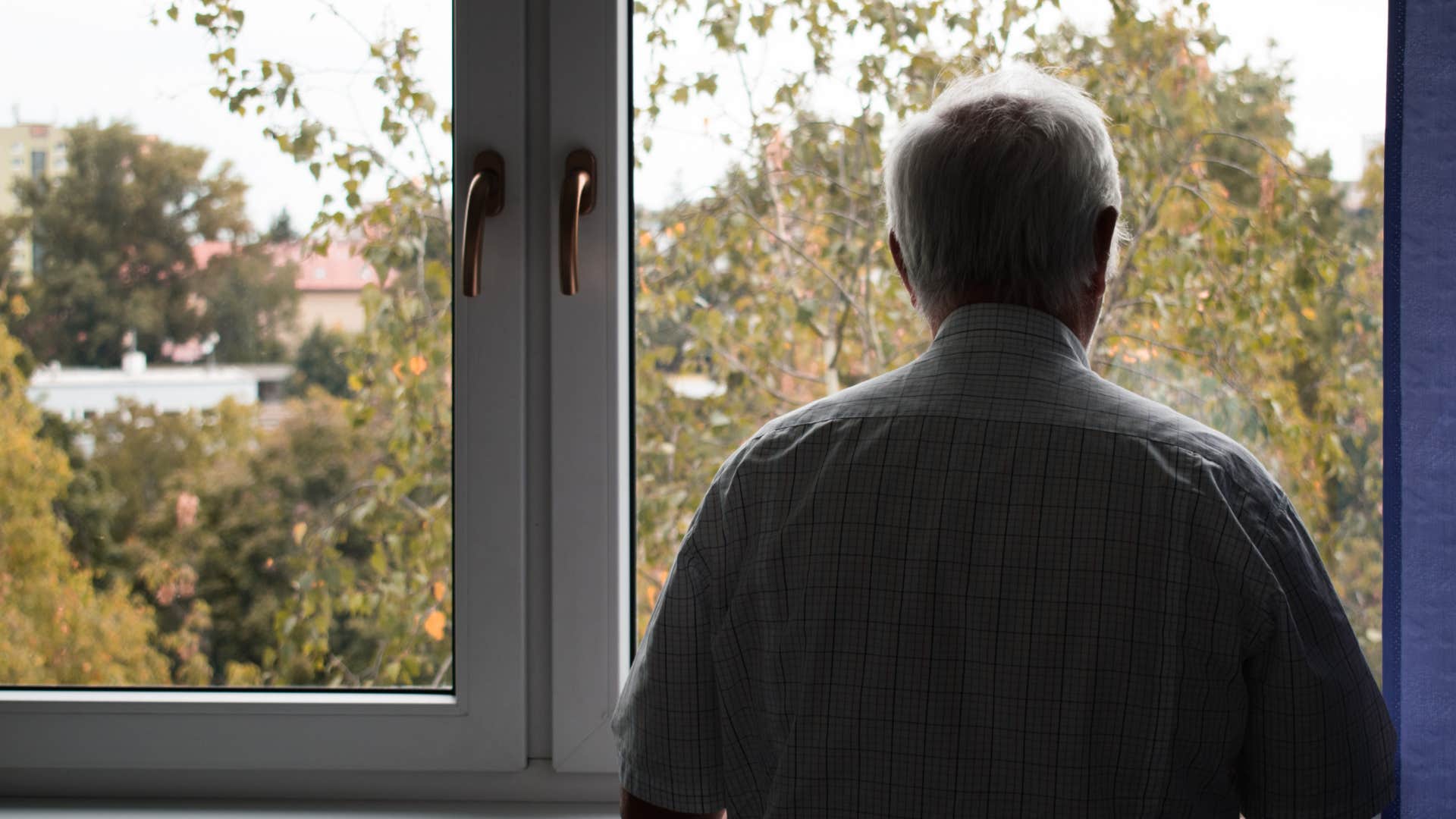 metodej / Shutterstock
metodej / Shutterstock
If an older adult no longer participates in much social engagement throughout their day, they may experience sleep disturbances. To overcome these disturbances, they may use white noise. This individual may have an increased feeling of isolation and loneliness, which may make it harder for them to fall asleep at night.
“As age increases, sleep problems increase with changes in the brain, increasing depressive symptoms. In general, the feeling of isolation provokes neural activity and anxiety and reduces sleep quality,” according to the authors of one study. White noise can act as a barrier between an individual’s mind and anxious thoughts by producing sound that the person can focus on instead.
8. Less daily activity
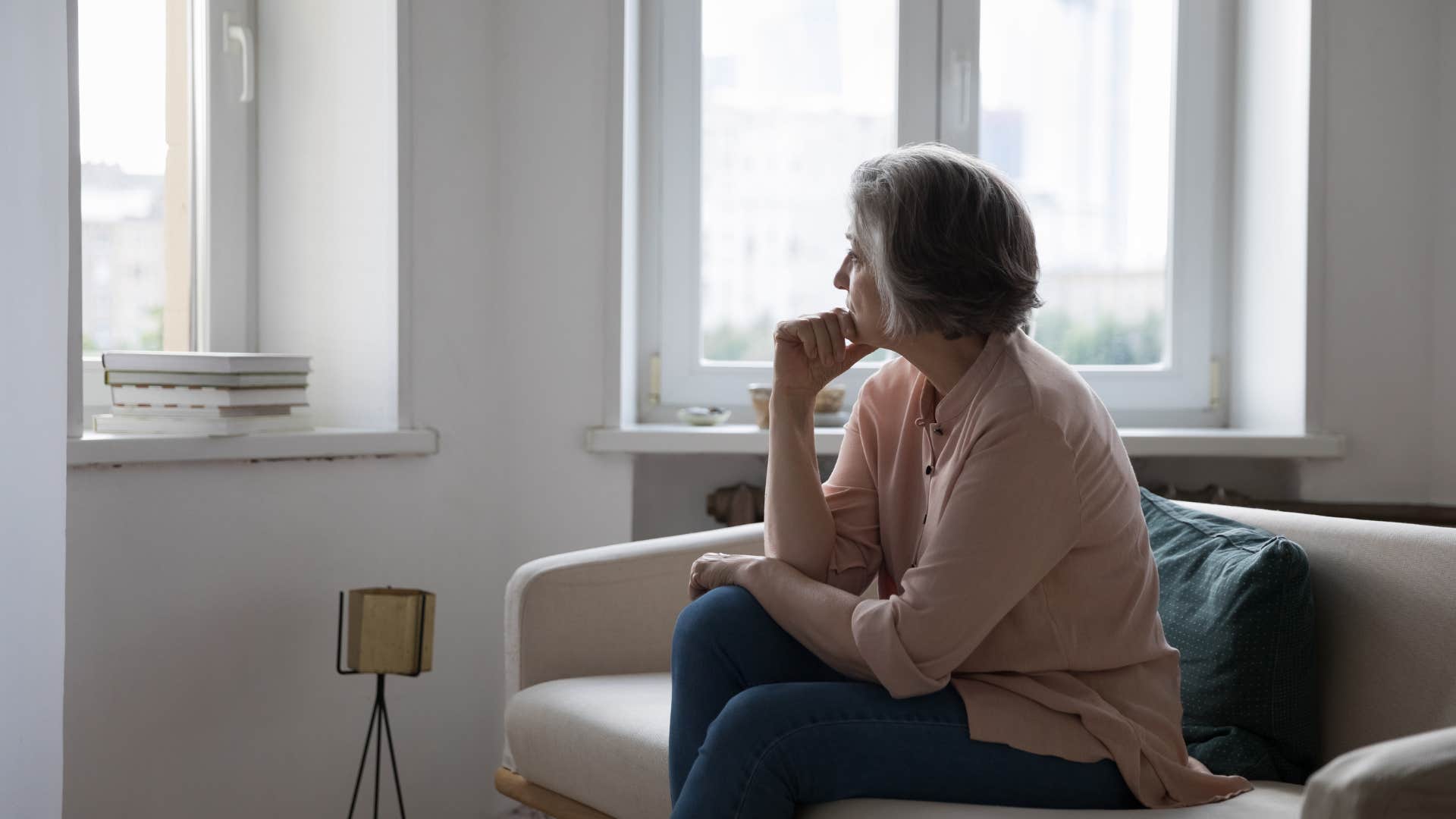 fizkes / Shutterstock
fizkes / Shutterstock
As individuals get older, they may experience a decrease in the amount of daily activity they engage in each day. This lack of activity can cause disruptions in a healthy circadian rhythm and can make it difficult for someone to fall asleep at night.
White noise will not only help drown out any noises that may also be contributing to poor sleep, but it also tells the body it is time to relax. Creating a routine of using white noise will cause the body to know that when it recognizes white noise, it is time for bed, and it will help calm the body and the mind.
9. Reduced screen time
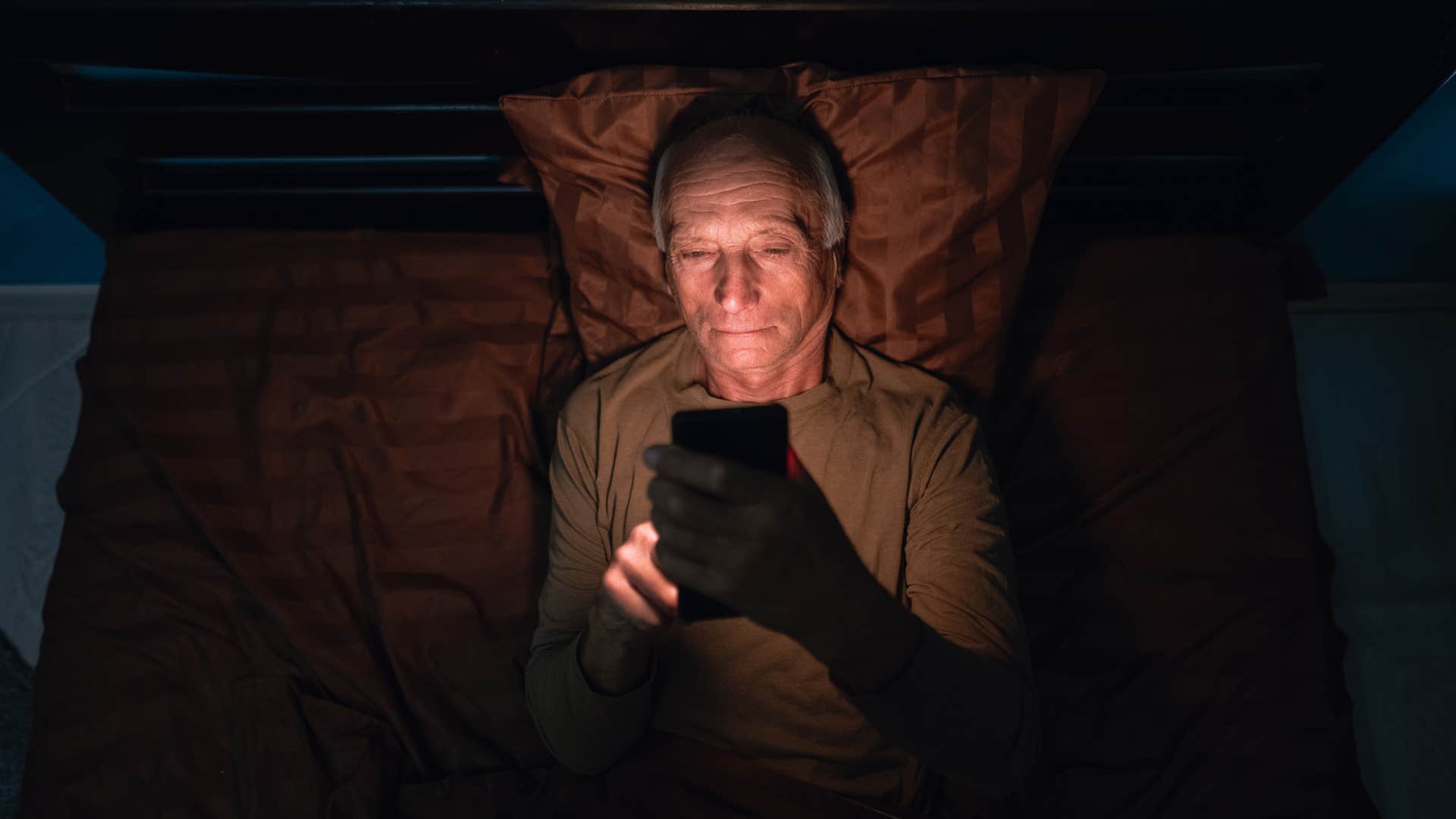 Lysenko Andrii / Shutterstock
Lysenko Andrii / Shutterstock
An older adult may want to combat screen time anxiety by using white noise as they fall asleep. Using screens suppresses melatonin and causes the brain to be stimulated.
Both of these things will negatively impact the quality of sleep. Therefore, a sleep ritual that includes white noise is a good way to help the brain calm down and get ready for slumber. White noise can also help to regulate the nervous system and trigger a relaxation response that will aid in a person’s ability to fall asleep.
10. It filters out peak sounds
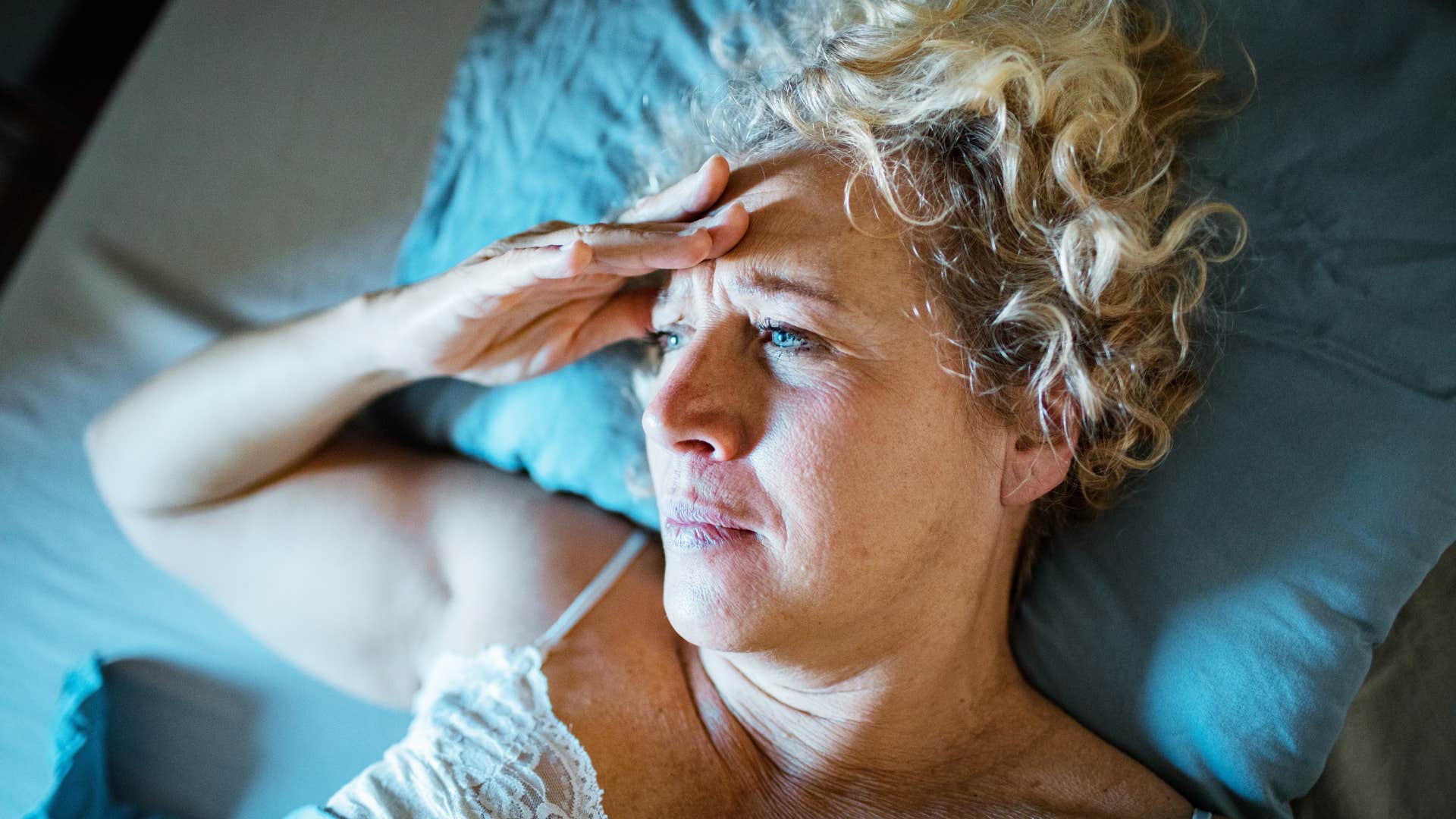 Geber86 / Shutterstock
Geber86 / Shutterstock
Older adults may find themselves being abruptly woken up throughout the night due to peak sounds. In order to combat these sleep-related issues, they may use white noise.
White noise can be very beneficial for deep sleep. Monique Maitland, a midwife and nurse, explains that, “This is because the constant blend of frequencies creates a relaxing background sound that effectively masks other distracting sounds when sleeping, such as cars passing or dog barking, and prevents unnecessary waking due to environmental factors.”
11. Chronic pain
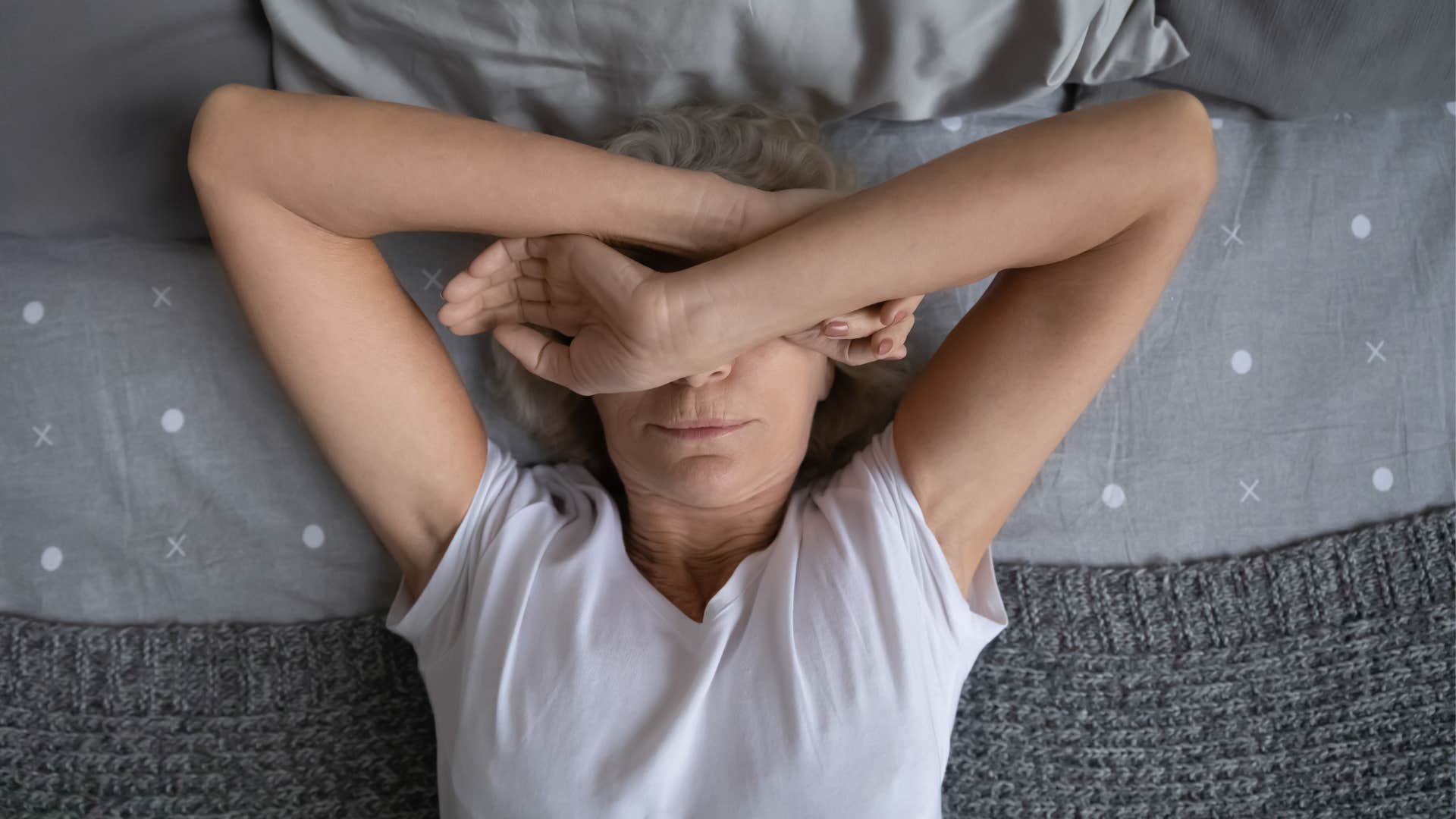 fizkes / Shutterstock
fizkes / Shutterstock
When an older adult is experiencing a lot of chronic pain, they may find white noise helps alleviate some of the pain. White noise has the ability to distract the brain, giving it something else to focus on instead of the pain.
A 2022 study found that sounds like white noise, when played louder than background noise, positively impact pain sensitivity. While white noise helps improve certain sleep-related issues, there are times when pink noise or brown noise would be more suitable. It is crucial to determine what kind of sound and frequencies you need based on your particular circumstances so that you may achieve the best quality sleep you can.
Kamryn Idol is a writer with a bachelor's degree in media and journalism who covers lifestyle, relationship, family, and wellness topics.

